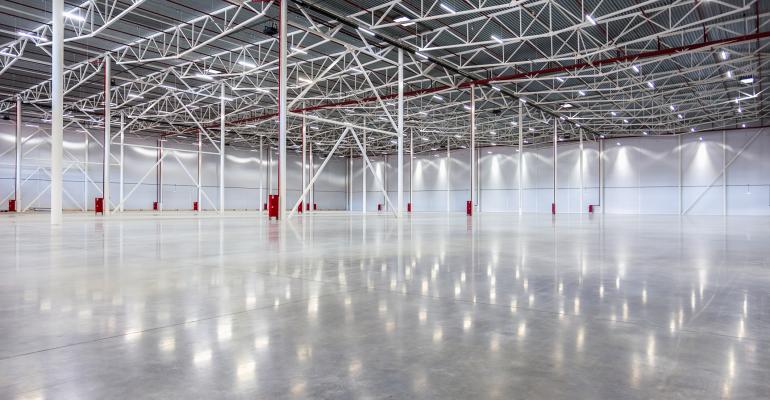With industrial vacancy under 2.0 percent in many U.S. markets and rents continuing to rise, this asset class is the darling of both investors and lenders. Attorney Steven J. Lurie, a partner in the Los Angeles-based law firm of Greenberg Glusker who represents investors and developers in real estate deals, says, “This is a hot sector. Lenders like it, so there’s a lot of competition for deals, which means good terms for borrowers.”
“I’ve closed loans in areas throughout California, as well as Colorado, Oregon and Pennsylvania and haven’t had a problem securing financing anywhere,” he adds.
At some point, lenders may overreach, Lurie suggests, but he notes that with the continued increase in e-commerce sales, the industrial sector looks strong for the foreseeable future.
According to investor surveys, industrial real estate is the number one asset class preferred by investors and is currently considered the best opportunity for reliable returns, says Jack Fraker, vice chairman and managing director in the global industrial & logistics group of CBRE Capital Markets. “The fundamentals are stronger than ever before. The top 50 markets have record-low vacancy and tangible rent growth,” he says, noting that net absorption has been significantly higher than new supply for several years now.
Investors have no problems financing industrial assets today, according to Fraker, with lenders offering financing at 50–70 percent loan to value (LTV) ratios, depending on the sponsor’s credit. This is true even for decades-old, physically obsolete buildings if they are in an urban infill location, Fraker adds. He notes that these buildings can bring two to three times as much per rent per sq. ft. as more modern assets in suburban markets because they are in “irreplaceable locations.” “Lenders understand the market dynamics, that lease rates in infill locations support paying that much,” Fraker says.
That being said, lenders are still wary of risk when underwriting construction loans, which keeps new supply from growing out of control, according to Fraker. “Twenty years ago there was no recourse. Now lenders require recourse documentation to provide construction loans.”
Richard Klein, CFO of Los Angeles-based Industrial Realty Group, an industrial developer/owner with assets nationwide, says there are many criteria lenders consider when making a construction loan, the most important being the sponsor’s creditworthiness, the project’s location and quality of the tenant and lease term.
Projects in gateway cities are the easiest to finance, he notes. But banks are willing to provide both acquisition and construction loans for industrial product on any well-located, urban site. The quality of the tenant, however, is of upmost importance in securing financing, Klein adds. “Ten-year deals are golden assets for lenders,” he says, because of rollover risk.
The same factors play a role in determining deal terms, in addition to the length of the loan, Klein says. He adds that interest rates on construction loans have increased recently, and can range from LIBOR plus 250 basis points to LIBOR plus 300 basis points. But the lines of lenders willing to do deals are deep—in addition to domestic players, foreign banks, including the Bank of China, are underwriting construction loans in the sector.
Steve Fried, a principal with Los Angeles-based bridge lender Mesa West Capital, works with borrowers nationwide. Mesa West seizes opportunities to finance industrial assets in top markets like Los Angeles, where demand is strong and vacancy is at 1.0 to 2.0 percent.
Fried refers to a non-recourse loan that Mesa West originated on a 1-million-sq.-ft. industrial project in Dallas that was quickly leased to Amazon. He notes that oversupply is not an issue in hot markets like Dallas, Atlanta, Los Angeles and Seattle, as any new industrial warehouse/distribution facilities do not remain empty for long.
Mesa West provides non-recourse loans at 70 to 75 percent LTVs, with a rate of LIBOR plus 300 to 400 basis points in primary markets and strong secondary markets throughout the country.
Banks typically offer leverage of 55 to 65 percent, Fried notes. In determining terms for acquisitions, Mesa West considers creditworthiness of the sponsor, location of the project, lease terms, the property’s net operating income and cap rate vs. purchase price.





